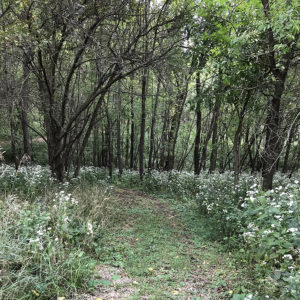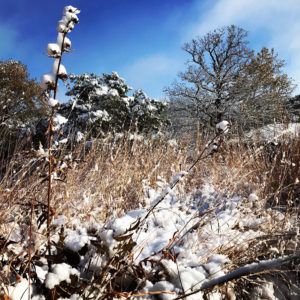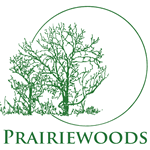 In the neighborhood where I grew up, there were so many lilac bushes you could get lost in them. Hollyhocks grew wild along the bases of tall limestone walls and bluffs. There was a secret patch of lilies-of-the-valley hidden between my grandfather’s box hedges and the neighbors’ garage. Moss roses grew out of the wall in our yard, attracting jewel-toned hummingbirds all summer. Mulberry bushes grew so burdened with berries that mothers actually encouraged their kids to walk in the street to avoid tracking the mess from sidewalks into our homes.
In the neighborhood where I grew up, there were so many lilac bushes you could get lost in them. Hollyhocks grew wild along the bases of tall limestone walls and bluffs. There was a secret patch of lilies-of-the-valley hidden between my grandfather’s box hedges and the neighbors’ garage. Moss roses grew out of the wall in our yard, attracting jewel-toned hummingbirds all summer. Mulberry bushes grew so burdened with berries that mothers actually encouraged their kids to walk in the street to avoid tracking the mess from sidewalks into our homes.
For three seasons of the year, the night-time cacophony of crickets, frogs, locusts could be deafening. The chorus of birdsong at sunrise and sunset was almost magical. The night sky was filled with stars, and planes or satellites were rare enough sights to comment upon. Watching storms approach from the west, or sitting outside silently viewing the show of heat lightning on oppressively humid nights were things we did, often as a family.
All of it, so many years ago. Eventually, I grew up, moved away, put aside childish pursuits for the great indoors—where I (mostly) lived for decades.
In my fifties, I rediscovered the natural world. I ventured outside, emerging from climate-controlled interiors and antiseptic spaces to rediscover my place in, as Mary Oliver calls it, “the family of things.” I encountered a crawdad who taught me about interspecies communication. I startled a great blue heron into flight, and he surprised me with awe and reverence. I laid my sorrow over the loss of my childhood elm trees at the feet of a gnarled burr oak, and was comforted. I hiked down a mountain recently ravaged by forest fire, and emerged covered in soot and filled with wonder at Earth’s resilience.

When I came to Prairiewoods, my colleagues here reminded me to use all of my senses interacting with Creation—to smell the earth, to follow the buzzing in my ears to a swarming hive of bees, to touch the lamb’s ear and the thistles and the bark of trees. On the Cosmic Walk, an owl joined our grateful prayer, flying just ahead and alighting at each stop with a hoot of encouragement. And it was good.
All of this has been on my mind this Easter week, as I have watched the families in my neighborhood and in my online communities go outside together. I have seen people laying their hands on tree trunks and cupping spring daffodils and laughing playfully in natural places they have not truly inhabited for years. This pandemic is creating space and possibility for regeneration: both within our hearts and in the world outside our doors and windows. For families. For children. For grandparents. For people who, like me, are alone and feeling isolated. For Earth herself.
This is the wellspring of hope for me in the midst of fear, chaos and global change. And it can be the source of hope for you, as well. To return to the wise words of Mary Oliver:
Whoever you are, no matter how lonely,
the world offers itself to your imagination,
calls to you like the wild geese, harsh and exciting—
over and over announcing your place
in the family of things.
Where do you feel most affirmed as a member of the “family of things”? Where is your hope found today? How might you engage with resilience and regeneration, either spiritually or physically?
—Jenifer Hanson, Prairiewoods director


